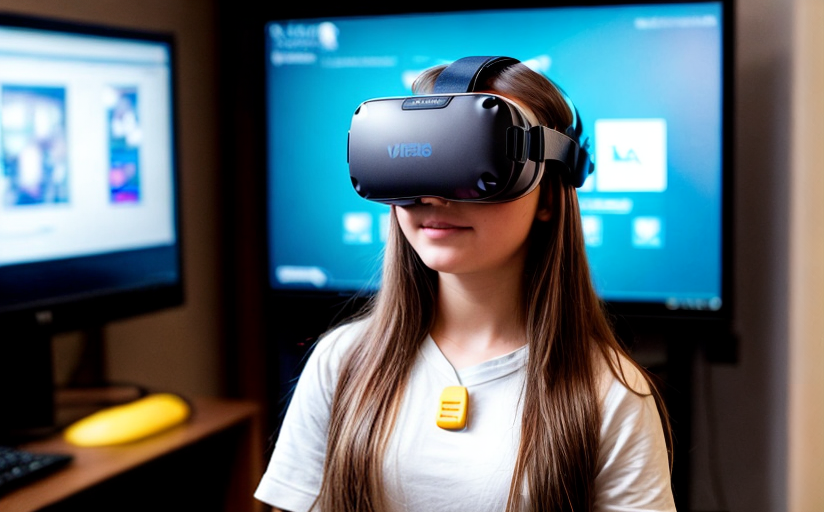The Impact of Virtual Reality (VR) Technology on Modern Education
Virtual Reality (VR) technology has evolved immensely over the past few years, transforming from a concept of science fiction into a cutting-edge learning tool. This immersive technology is now being utilized to revolutionize the way we educate students and train professionals. This article offers an in-depth analysis of the impact and potential challenges of VR in educational systems.
Benefits of VR in Education
Increasingly, educational institutions are integrating VR into their curriculum for an enhanced learning experience. With virtual field trips, students are able to explore different environments, historical events and complex scientific concepts in an immersive, interactive way. This interactive learning stimulates students' curiosity, promotes active engagement and enhances their understanding and retention of information.
Potential Challenges
While the advantages are clear, integrating VR into education is not without its challenges. Cost, technical issues, lack of skills, and health-related concerns are some of the hurdles. It is critical for educational institutions to address these issues to ensure successful implementation.
Case Studies
Various schools and universities across the globe have successfully implemented VR technology. Stanford University, for example, utilizes VR to enhance student understanding in subjects like anatomy and molecular biology. Similarly, the Australian School of Advanced Medicine employs VR for surgical training, allowing students to practice complex procedures in a risk-free environment.
Future Prospects
The future of VR in education seems promising. It is anticipated that VR will enable personalized learning experiences, catering to individual students' learning styles and paces. Additionally, it is believed that VR will play a pivotal role in democratizing education, by making high-quality, immersive education accessible to students in remote areas.
Expert Opinions
Experts believe that VR has the potential to transform education. Jeremy Bailenson, a professor of Communication at Stanford University and a VR pioneer, suggests that VR can create experiences that are impossible in any other form of education. Similarly, Dr. Susan Aldridge, president of Drexel University Online, advocates that VR can democratize learning by providing educational equality.
Recent Research Findings
Current research supports these claims. A study by the National Training Laboratory revealed that retention rates for VR learning are as high as 75%, compared to just 5% for lecture-style learning. This suggests that VR can significantly enhance the learning process.
Conclusion
In conclusion, Virtual Reality technology is reshaping the education sector, offering exciting possibilities for learning and teaching. While it comes with its own set of challenges, the potential benefits of immersive, hands-on learning experiences are profound. As VR technology continues to evolve, it is set to make education more engaging, accessible, and effective.


















Comments
Leave a Comment